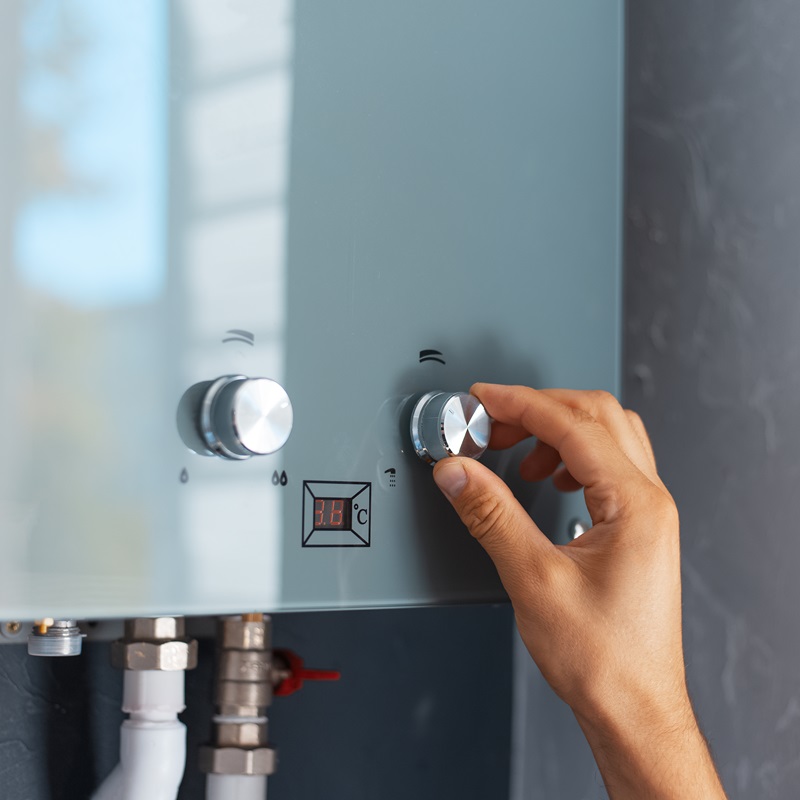How to Pick the Right Geyser to Make The Most Of Energy Efficiency in Your Home
From comprehending the various types of hot springs, to assessing their power efficiency scores and taking into consideration placement strategy, each choice plays an important function in optimizing performance. Let's embark on this journey to discover exactly how to make the most educated choice for a geyser that will certainly minimize your energy costs while guaranteeing ideal efficiency.

Recognizing the Various Kinds Of Geyser
While there are different kinds of geysers readily available on the market, understanding the differences between them is crucial for power effectiveness (geyser sizes). The very first type, storage geysers, are the most usual and store warm water in a storage tank for use when required. They are readily available in various capacities and are normally energy-efficient, yet they can lose heat when not being used
The second type is the tankless geyser, which heats up water as needed, leading to much less energy waste yet needing a higher preliminary power draw. Thirdly, there are warmth pump hot springs that use electricity to relocate warm from one area to an additional rather than producing heat directly. They can be 2 to 3 times extra power effective than conventional storage hot springs. Lastly, solar hot springs utilize solar energy to warm the water, making them one of the most energy-efficient but additionally the most costly.
Analyzing Your Household's Hot Water Requirements
Before diving right into the purchase of a geyser, it is pivotal to assess the warm water needs of your home. This assessment must take into consideration numerous factors including the number of house members, regularity of warm water use, and the number of warm water electrical outlets in the home (geyser sizes). A little household with irregular hot water use may need a smaller sized, less powerful geyser compared to a larger family with multiple daily warm water needs
The type of devices that need warm water also play a considerable function. Dishwashing machines and washing machines, for circumstances, may need more hot water than a basic shower or kitchen sink. Details activities such as showering or cleaning also influence the regularity and quantity of hot water required.
Examining Energy Efficiency Scores of Geyser
Having actually evaluated the warm water needs of your family, it is essential to transform your interest to the power effectiveness ratings of hot springs. These ratings, typically given as Power Variable (EF), show a click to investigate geyser's total power performance based upon the quantity of warm water produced per unit of fuel eaten over a common day. The greater the EF, the more efficient the hot water heater.

Considerations in Geyser Size and Placement
Beyond power performance scores, the dimension and placement of your geyser are important elements to think about. The dimension of the geyser ought to line up with your household's warm water needs. A tiny geyser might utilize less energy however might not offer enough warm water for several usages at the exact same time, whereas a bigger unit can fulfill greater need however might consume more power.
Positioning additionally affects power effectiveness. Hot springs ought to be mounted near to points of usage to reduce warm loss during water transport. A centrally situated geyser can service multiple locations efficiently. Additionally, taking into consideration thermal insulation, a geyser located in a warmer location sheds much less heat and as a result uses less power to preserve the water temperature level.
Price Analysis: Balancing First Investment and Long-Term Savings
While dimension and positioning undoubtedly play considerable duties in a hot spring's energy performance, one must not neglect the economic element. When thinking about the preliminary investment, the rate of energy-efficient hot her explanation springs can be more than basic models. However, the boosted in advance price can be offset by long-lasting power savings, making it a beneficial financial investment in the future.
Assessing long-term cost savings requires an understanding of the geyser's power score. A home appliance with a higher rating will eat much less energy, converting to lower energy bills in time. Additionally, federal government rewards and discounts for energy-efficient home appliances can additionally aid redeem first costs.
Lastly, upkeep and life-span their explanation must be factored in. Energy-efficient geysers frequently have much longer lifespans and lower upkeep expenses, adding to total cost savings. Consequently, when balancing first investment and long-lasting cost savings, one should take into consideration not just the acquisition price but additionally power usage, federal government motivations, and upkeep costs.

Conclusion
Picking an energy-efficient geyser needs cautious factor to consider of different aspects. These consist of understanding the kinds of hot springs, assessing your home's hot water demands, reviewing energy efficiency ratings, and computing cost advantages. The right geyser size, placement, and insulation can considerably lower energy bills and environmental influence. Making an educated choice can lead to significant long-term financial savings, making it a rewarding investment for your home.